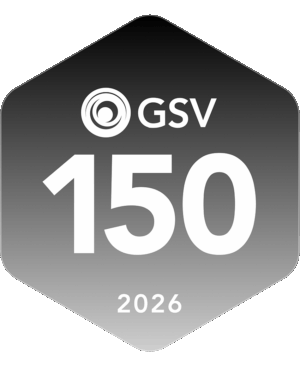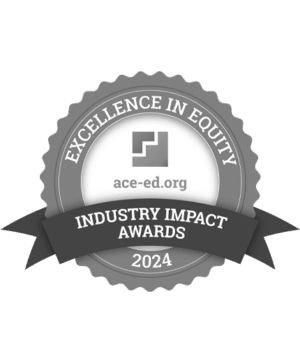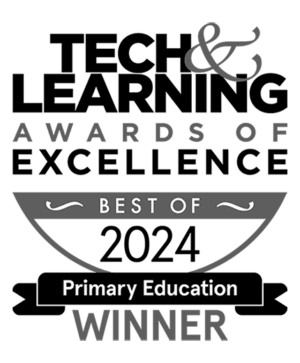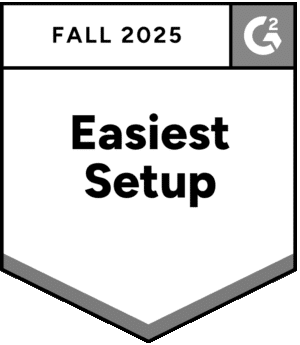
Featured Resource
Why Over Half of California School Districts Trust SchoolStatus
Read More >Join Mission: Attendance to reduce chronic absenteeism in 2025-26! >> Learn How <<





Podcast: Play in new window | Download (Duration: 54:13 — 44.8MB) | Embed
Subscribe: Apple Podcasts | Google Podcasts | Email | RSS | More
Let’s face it. We’ve been living in a politically divided country. On Twitter, President Donald Trump listed the New York Times, NBC, ABC, CBS, and CNN as the “enemy of the people,” and he’s on record saying that 80% of media is fake news.
So what responsibility do teachers have to reconcile these comments with students? And how do educators wade into the political turmoil without getting complaints from politically charged families?
“Lots of educators are afraid of having that talk,” says Jaquelyn Whiting. “And I understand why they’re afraid of having that talk.”
“I BEGIN EVERY CONVERSATION ABOUT MEDIA LITERACY BY SAYING, WHILE WE ARE IN THE ROOM TOGETHER, WE ARE NOT GOING TO USE THE TERM ‘FAKE NEWS’,”
Whiting is the co-author of News Literacy: The Keys to Combating Fake News. She’s also a library media specialist at Wilton High School in Connecticut. Whiting has made it her mission to inform students and in some cases colleagues on how to identify media bias
“I begin every conversation about media literacy by saying, while we are in the room together, we are not going to use the term ‘fake news’,” Whiting says she’ll feel successful as an educator if she can remove the term from the students’ vocabulary.
“When that term is invoked. It tends to be invoked with the intention of shutting down dialogue.”
Whiting asks her students to think about three things when evaluating news.
Whiting says dividing news into these three categories allows her and her students to have a quality conversation about how we understand the world.
“We can start to differently about the choices that journalists are making when they choose to print or not print something,’ says Whiting.
Whiting says that the political climate is what it is and we have to learn to operate in it productively.
In Episode 175 of Class Dismissed we talk in-depth with Whiting about how to help students become media literate by identifying native advertising, influencers, and media bias. To learn more listen to Class Dismissed Podcast on iTunes or your favorite podcasting app.
Will teachers get priority for COVID 19 vaccines?
New York City Will Reopen Elementary Schools and Reduce Hybrid Learning
 SchoolStatusSchoolStatus provides a suite of data-driven solutions that impact positive student outcomes through attendance improvement, family engagement and communication, educator development, and administrative excellence. Partnering with thousands of districts across the U.S., SchoolStatus serves over 22 million students across all 50 states. Because when schools and families come together, there's no limit to what students can achieve.
SchoolStatusSchoolStatus provides a suite of data-driven solutions that impact positive student outcomes through attendance improvement, family engagement and communication, educator development, and administrative excellence. Partnering with thousands of districts across the U.S., SchoolStatus serves over 22 million students across all 50 states. Because when schools and families come together, there's no limit to what students can achieve.
News, articles, and tips for meeting your district’s goals—delivered to your inbox.





















Ready to learn more about our suite of solutions?
